Bulk Persian Manna for Export – Trusted Wholesale Supplier
We supply bulk Persian manna for export to global wholesale buyers, importers, and distributors looking for high-quality Gazangabin at competitive prices. Also known as Gaz of Khunsar, Astragalus manna, and Persian Manna, this natural plant exudate is valued in the confectionery, herbal medicine, and health food sectors. Sourced from wild Astragalus species and delivered in hygienic packaging, our product ensures purity, consistency, and excellent shelf life for bulk purchase and B2B supply.
GENERAL DATA
🍬Industries Which Use Persian Manna (Gaz of Khunsar – Astragalus brachycalyx)
Here’s a well-organized list of industries that commonly use Persian Manna, also known as Gaz of Khunsar, a naturally exuded sweet resin from wild-growing Astragalus species in Iran.
🌿 What Is Persian Manna (Gaz of Khunsar)?
Persian Manna is a naturally exuded substance from Astragalus brachycalyx subsp. brachycalyx, a leguminous shrub native to Iran’s Zagros mountains. It appears as a white to amber granular or flaky resin, sweet in taste and rich in polysaccharides, mucilage, and trace minerals.
It is NOT the gum from the stem (like Tragacanth), but rather a distinct sugary exudate, collected mainly from insect-induced secretion during hot summers. It has a long tradition in Persian sweets, herbal medicine, and is gaining attention in nutraceutical and pharmaceutical sectors.
1. Traditional Confectionery & Food Industry
Key applications:
-
Main ingredient in “Gaz”, the famous Persian nougat from Khunsar and Isfahan
-
Natural sweetener in artisan desserts and herbal candy
-
Used in sugar-free or functional confections as a prebiotic-rich binder
-
Occasionally added to herbal jams or tonic syrups
✅ Prized for its light texture, cooling effect, and natural sweetness
2. Pharmaceutical & Herbal Medicine Industry
Applications:
-
Used as a mild laxative and respiratory demulcent
-
Traditionally used to cool body heat, soothe ulcers, and support the liver
-
Mixed with herbs in Persian medicine for throat relief and digestive tonics
-
High polysaccharide content supports immune modulation research
✅ Delivered in powders, tablets, or herbal compound remedies
4. Cosmetic & Personal Care Industry
While less common, Persian Manna is gaining interest for:
-
Use in hydrating masks and natural sugar scrubs
-
Soothing agents for sensitive or inflamed skin
-
Occasionally included in botanical creams for antioxidant effect
✅ Natural humectant with a softening and cooling feel on the skin
5. Ethnobotany & Specialty Exports
As a culturally significant resin:
-
Exported as a specialty ingredient in traditional Persian herbal markets
-
Used in museum-quality botanical studies and pharmacognosy programs
-
Packaged as a luxury gift item in premium Middle Eastern product lines
✅ Has a geographic indication tied to Khunsar, Chaharmahal, and Lorestan
✅ Summary Table – Persian Manna (Gaz of Khunsar) 🍬
| Industry | Common Uses |
|---|---|
| Traditional Confectionery | Persian nougat (Gaz), sweetener for herbal candies |
| Pharmaceutical & Herbal | Demulcent, liver tonic, ulcer soother, traditional compound formulas |
| Nutraceutical | Prebiotic binder, energy bites, functional food ingredient |
| Cosmetic & Skincare | Humectant, antioxidant creams, soothing sugar-based masks |
| Ethnobotany & Export | Cultural ingredient, premium herbal exports, research specimen |
🌱 Key Features:
-
100% natural exudate from wild Astragalus brachycalyx plants in Iran
-
Rich in polysaccharides, mucilage, and natural sugars
-
Collected traditionally in Khunsar and Zagros foothills
-
Core ingredient in Persian herbalism, sweets, and functional remedies
🌿 Comparison Table: Persian Manna (Gazangabin) vs Oak Manna vs Taranjabin (Hedysarum Manna)
| Feature / Aspect | Persian Manna (Gazangabin)Astragalus brachycalyx | Oak MannaQuercus mannifera | Taranjabin (Manna of Hedysarum)Alhagi pseudalhagi |
|---|---|---|---|
| Common Persian Name | Gaz-e Angabin (گزانگبین) | Baloot Angabin (بلوط انگبین) | Taranjabin (ترنجبین) |
| Botanical Source | Astragalus brachycalyx (a leguminous shrub) | Quercus mannifera (oak tree) | Alhagi pseudalhagi (camelthorn plant) |
| Origin of Manna | Exudate from insect activity (e.g., Eulecanium persicae) on plant stems | Natural exudate on oak stems and leaves | Mixture of insect secretion + plant exudate |
| Color | Whitish to amber granules or flakes | Pale yellow to brown resinous drops | Whitish to golden-brown threads or granules |
| Taste Profile | Mildly sweet, slightly herbal | Sweet, sometimes resinous | Very sweet, slightly cooling |
| Traditional Medicinal Uses | – Laxative- Tonic- Cough remedy | – Mild laxative- Tonic- Antipyretic | – Cooling laxative- Fever reducer- Demulcent |
| Uses in Unani & Persian Medicine | – Mild purgative for children- Strengthening confections | – Liver tonic- Demulcent remedy | – For fevers & bilious conditions- Gentle purgative |
| Culinary Use | Occasionally in traditional confections (e.g., Sohan, Gaz) | Rare culinary use | Sometimes used in herbal syrups and traditional sweets |
| Harvest Method | Collected in early morning from shrubs in arid lands | Scraped from tree bark or leaves | Collected from desert shrubs after insect activity |
| Industrial Applications | – Herbal medicine- Sweets (esp. Gaz)- Syrups | – Herbal remedies- Ethnobotany | – Herbal syrups- Natural ingredient in traditional formulations |
| Main Producing Regions | Iran (Khunsar, Isfahan, Yazd) | Iran (Zagros Mountains), Kurdistan | Iran (Yazd, Kerman, South Khorasan), Afghanistan |
🗝️ Key Features:
-
🌿 Gazangabin (Persian Manna) is most famous in Iranian culture, especially as the base for Gaz confections.
-
🌳 Oak Manna is more resinous and medicinal than sweet, and traditionally used in rural Persian medicine.
-
🏜️ Taranjabin is gentle and cooling, especially useful for children’s fevers and mild constipation.
HARVEST CALENDAR
Feb
Mar
Apr
May
Jun
Jul
Aug
Sep
Oct
Nov
Dec
To order Gazangabin, please contact us.
About Astragalus Manna
It is a sweet substance similar to Tamarix Manna, which comes from a kind of plant called Astragalus adscendens Boiss. & Hausskn. Taken. This plant, which is a type of Astragalus from the Legumes family and from which Gum Tragacanth is also taken, grows in the mountainous areas of Chaharmahal and Bakhtiari Province and around Khansar.
Astragalus Manna hardens in the vicinity of air. Local farmers find these plants, known as Las, and collect the Gaz of Khansar. Gaz of Khansar is a neutral substance whose pH varies between 6 and 7.3 in different samples and contains about 70% sucrose, 28% glucose, some vitamin C and other substances.
Astragalus Manna has a very sweet taste.
The best Astragalus Manna is white and transparent, very sweet, clean and without leaves and thorns, and has large pieces.
To order Persian Manna, please contact us.
Persian Manna Chemical Constituents
About 40% Tannic acid, about 50% Sucrose, about 20% Laevulose, about 20% Dextrose.
Persian Manna Temperament
Astragalus Manna is hot and dry and some consider it moderate.
- Astragalus Manna is laxative, astringent and expectorant. It is useful for relieving shortness of breath and hoarseness.
- Dissolve 18 grams of Astragalus Manna in warm water and drink. Relieves coldness of the stomach.
- To treat a baby’s stomach ache caused by coldness, boil 46 grams of it with 46 grams of Oak manna, then strain it and gradually give it to the child spoon by spoon.
Astragalus Manna Dosage
From 15 to 50 grams.
🍬 Nutrition Facts – Persian Manna (Gazangabin)
Exudate from Astragalus brachycalyx Fisch.
Serving Size: 10 g (typical portion for natural sweetener or confection use)
Calories: ~32 kcal
| Nutrient | Amount per 10g | Per 100g |
|---|---|---|
| Total Fat | 0 g | 0 g |
| Cholesterol | 0 mg | 0 mg |
| Sodium | 2 mg | 20 mg |
| Total Carbohydrate | 8.0 g | 80.0 g |
| • Dietary Fiber | 0.3 g | 3.0 g |
| • Natural Sugars | 6.2 g | 62.0 g |
| Protein | 0.1 g | 1.0 g |
Functional & Phytochemical Profile (Per 100g):
| Compound / Component | Approximate Content | Functional Role |
|---|---|---|
| Mannitol / Sugars | ~60–70% | Natural sweetener, low glycemic |
| Polysaccharides | Moderate | Prebiotic, mild laxative |
| Tannins | Trace | Astringent, antioxidant |
| Flavonoids | Present | Anti-inflammatory, antioxidant |
| Essential Minerals | Trace | (K, Ca, Mg – varies by harvest) |
🍯 Gazangabin is a sweet, naturally occurring manna traditionally harvested in the Khunsar region of Iran. It is used in herbal syrups, traditional nougat (Gaz), and as a mild natural laxative or digestive aid.
⚠️ This product is used in limited amounts and is not intended as a full dietary carbohydrate source. It is suitable for use in confections and functional foods.
Percent Daily Values are based on a 2,000-calorie diet. Values may vary based on climate, resin purity, and drying method.
To order Gaz of Khunsar, please contact us.



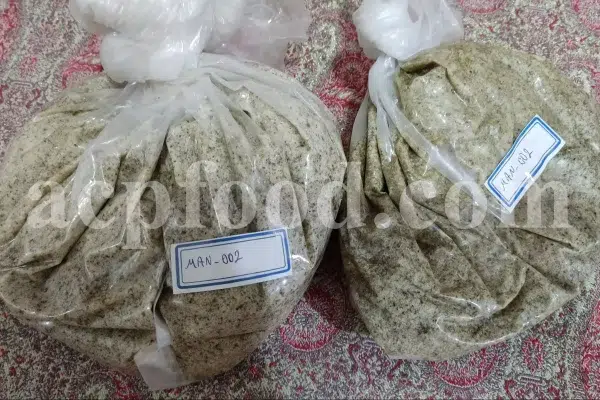

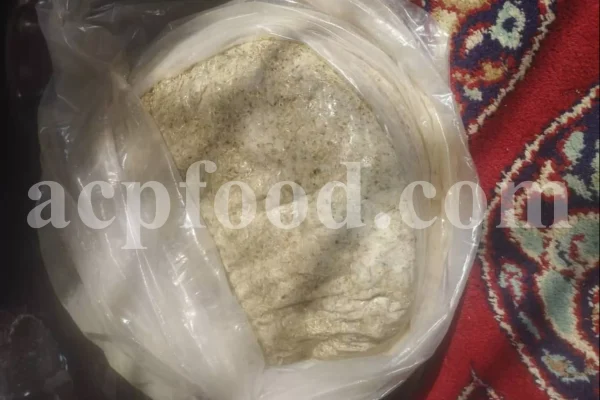
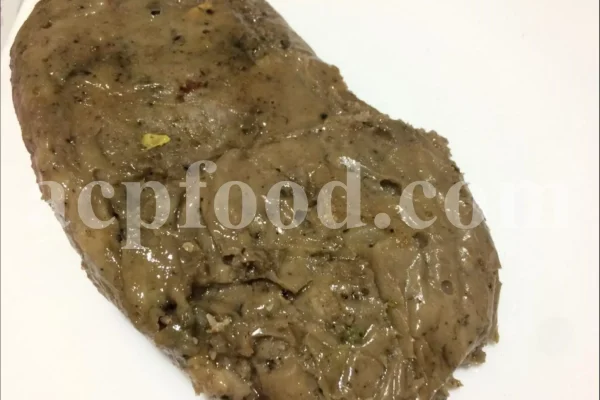


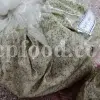
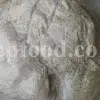


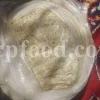


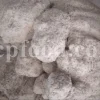

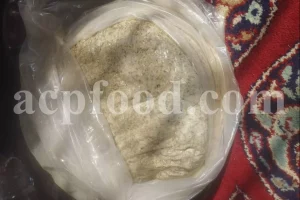

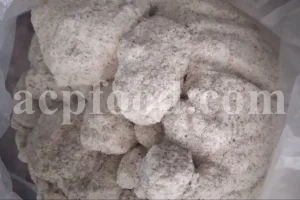
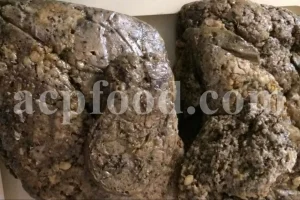
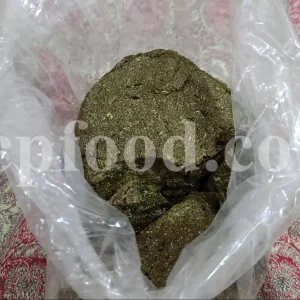
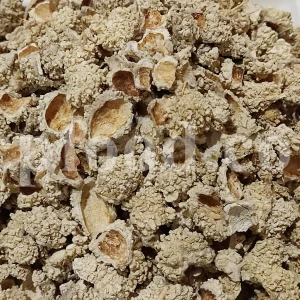
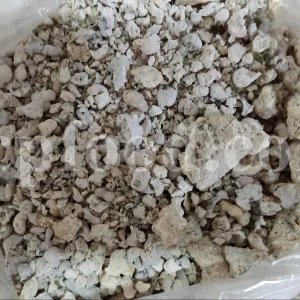
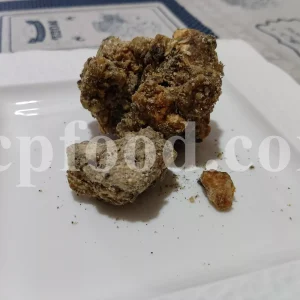
Reviews
There are no reviews yet.